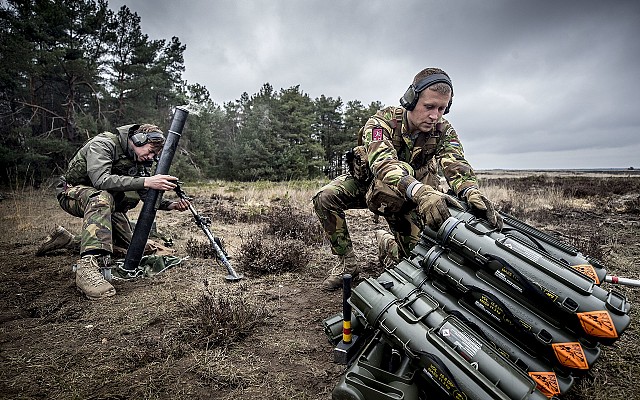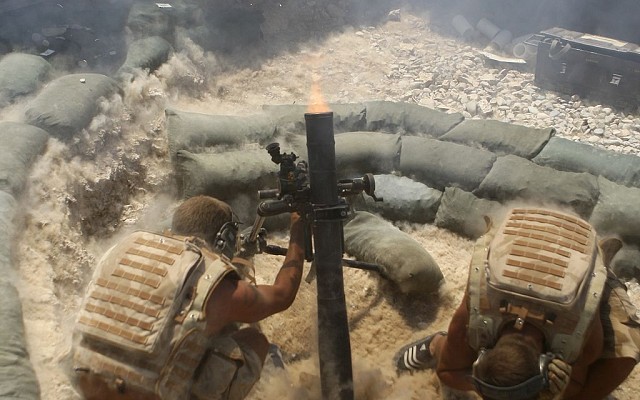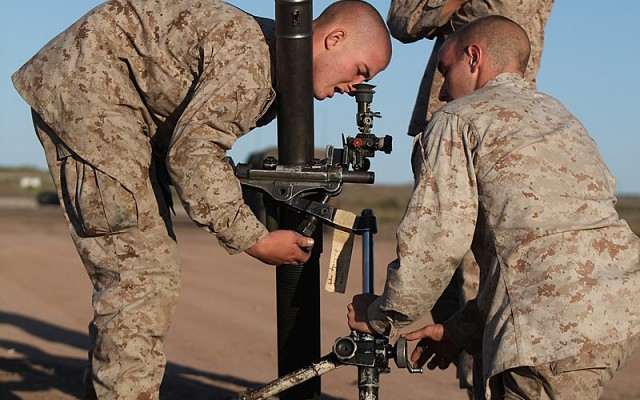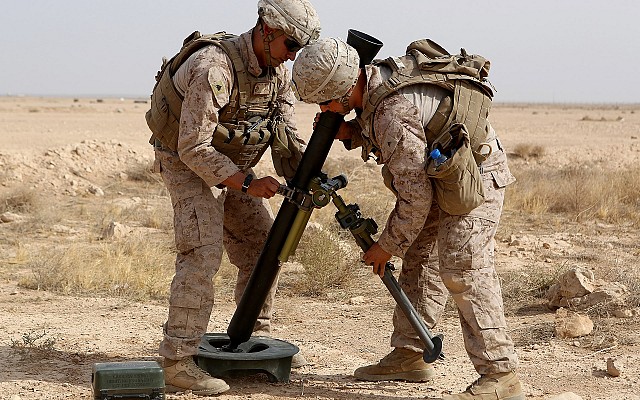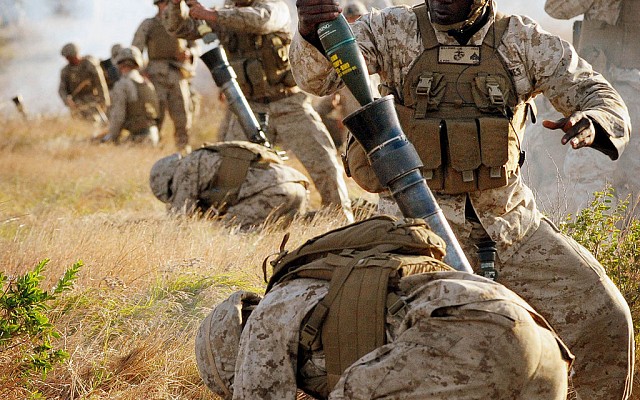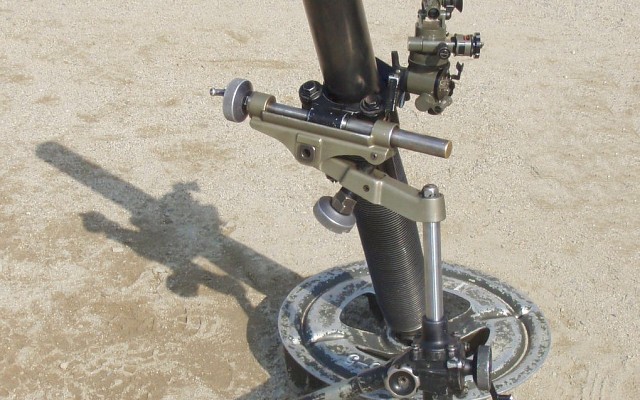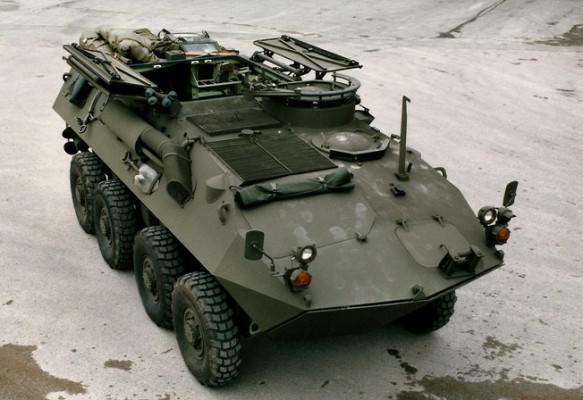81mm L16
USA: M252
Overview
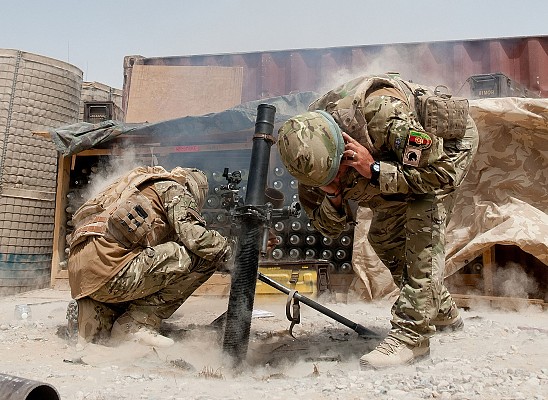
81mm L16A2
British soldier firing a L16A2 mortar while on deployment in Afghanistan.
Source: UK MoD -
© Open Government License
1987 for M252
Japan - Howa (1990's - present?)
United States - Watervliet Arsenal (1987 present)
F2 (Australian service)
United States
Japan
Description
Introduction
The L16 is a Cold War era smoothbore 81mm mortar of UK origin. It was introduced in 1965 to replace the 76mm ML 3-inch mortar in British service. At the time of introduction the L16 was far more capable than other mortars in the same category.
Design
The L16 is a smoothbore muzzle loaded mortar with a conventional layout. It consists of a strong and heavy tube on a round baseplate. The bipod that houses the sight assembly is unconventional, as it essentially is a monopod with a strut to ensure stability. The US M252 variant is fitted with a muzzle device that diverts the blast away from the mortar crew.
Firepower
The L16 fires its own new range of 81mm rounds, but US World War 2 era mortar rounds can be used as well. The range of mortar shells developed for the L16 have both a longer range and an increased lethal radius. With these shells the maximum range is 5.7 km. The sustained rate of fire is 15 rounds per minute.
Mobility
The L16 mortar can be disassembled in three loads which can be transported over short distances by infantry. Over longer distances the L16 is carried in a utility vehicle or light truck. The L16 has also been mounted in a variety of self-propelled mortar systems, including the FV432, Bv-206MC and LAV-81.
Users
The primary users of the L16 mortar are the UK and the USA, which uses it in the M252 variant. It has been exported to many nations and over 5.000 have been produced.
Variants
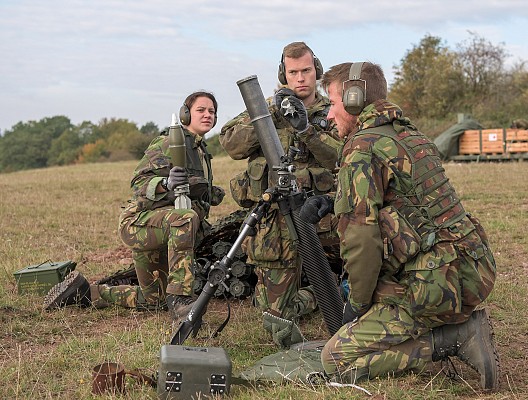
81mm L16A2
Dutch soldier with 81mm L16A2 mortar in firing position.
Source: Ministerie van Defensie -
© Public domain
List of L16 production models
Details
Media
Related articles
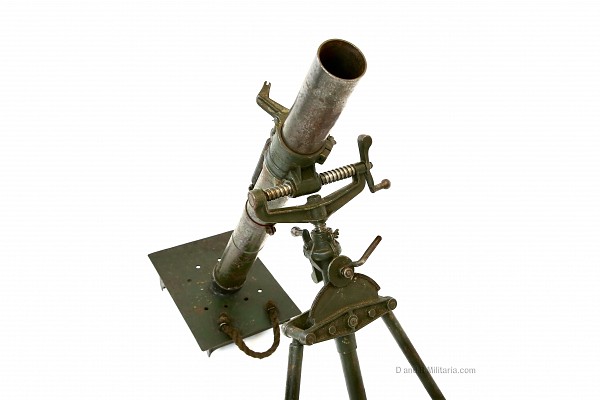
81mm ML 3-inch
The British pre-World War 2 era ML 3-inch mortar was replaced by the L16 in the UK and several other Commonwealth nations.
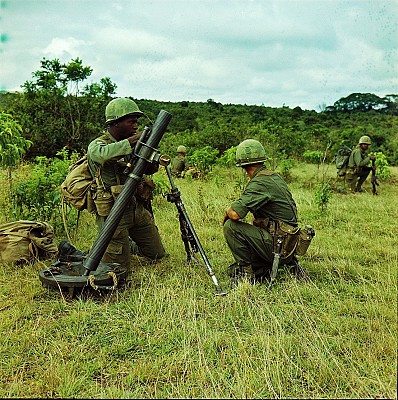
81mm M29
The L16 series replaced the older American M29 in several nations. This is for instance the case for both the Unites States and Japan.
